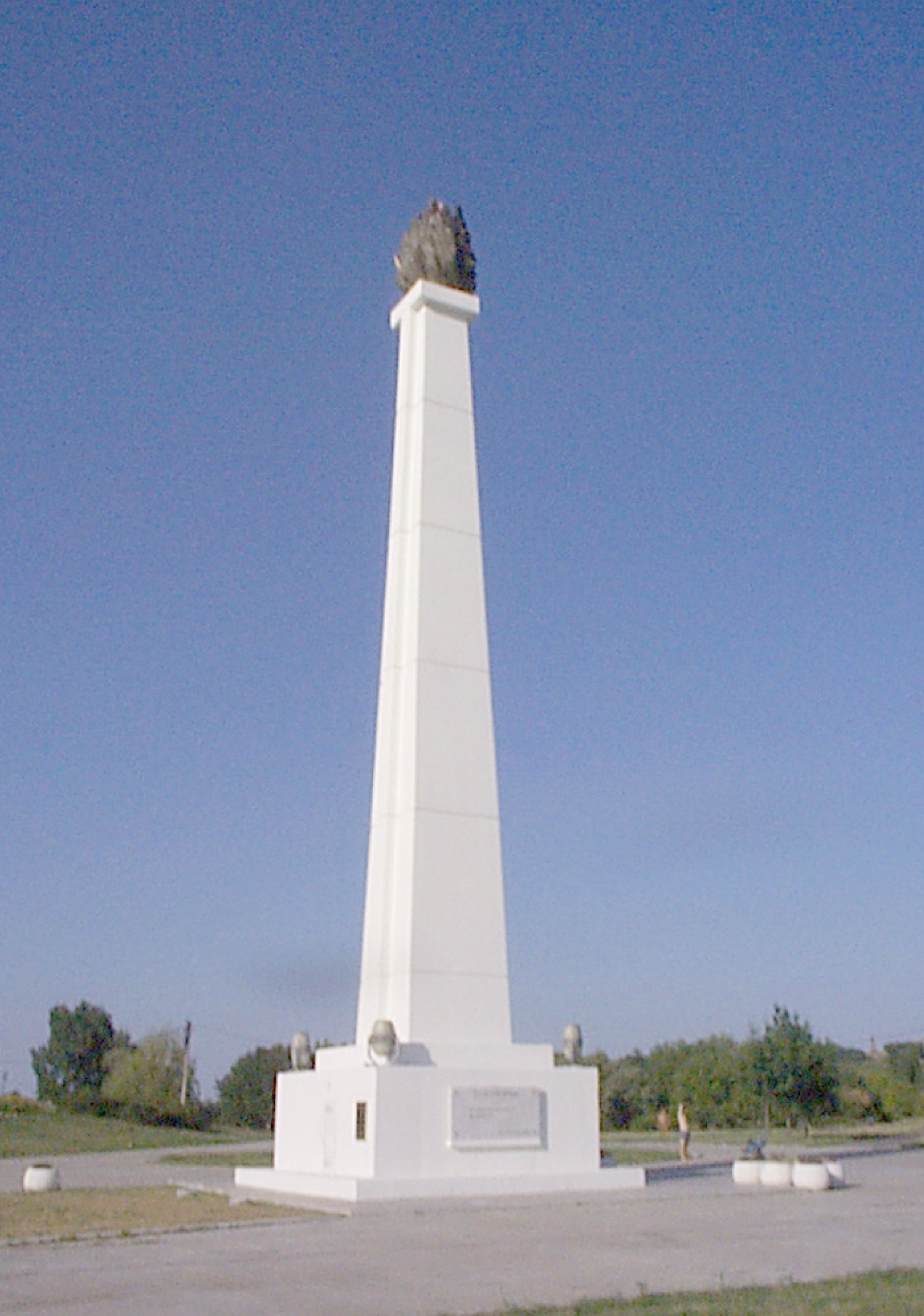Belgrade Architecture and the War
A victory without a victor
Vladimir Kulic

On 12 June 2000, the president of Serbia, Milan Milutinovic, inaugurated a monument in New Belgrade’s Park of Peace and Friendship commemorating the end of the previous year’s NATO bombing of Yugoslavia. The 27-meter high white, concrete obelisk supports a gas torch with an eternal flame whose effect is reinforced at night by four powerful spot lights directed upwards. The inscription on the monument was conceived by Mirjana Markovic, the leader of the small but very influential neo-communist “Yugoslav Left” and the wife of Yugoslavia’s president Slobodan Milosevic.
Set among the trees in the flatland of New Belgrade, the monument is not very present in the cityscape, either through its location or its design. However, what makes it interesting are its contextual references. Its style, in particular, is reminiscent of Socialist Realism, a totalitarian version of Neo- classicism imported from the USSR and imposed by the Yugoslav state during its short period in the Eastern block.
The obelisk is situated between the complex of the Federal Government of Yugoslavia and the bombed tower of the Central Committee‚ two buildings that exemplify the abandonment of Socialist Realism after the break-up with the Soviets. They were both initially designed in 1947 in a monumental Socialist Realist style, but were later re-designed to look as modernist as possible in step with the new vision of progress propagated by the state. Thus the current monument completes a full circle from Socialist Realism to modernism and back.
Another reference is to one of Belgrade’s symbols, the statue of The Victor by Ivan Mestrovic (1928) in the castle grounds overlooking the city from across the Sava river. The obelisk’s shape is evocative of the column on which The Victor stands, but the tiny flame, which by night looks like any orange streetlight, is not a sufficient counter-part to Mestrovic’s sculpture. The monument thus resembles a victory without a victor‚ which is a perfect description of the victory that the state propaganda machine claims Yugoslavia won against NATO last year.
Vladimir Kulic is an architect living in Belgrade. He is the co-editor of the forthcoming guide Belgrade Architecture.
Spotted an error? Email us at corrections at cabinetmagazine dot org.
If you’ve enjoyed the free articles that we offer on our site, please consider subscribing to our nonprofit magazine. You get twelve online issues and unlimited access to all our archives.